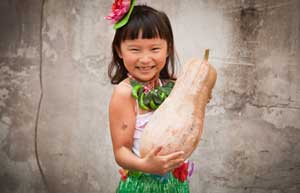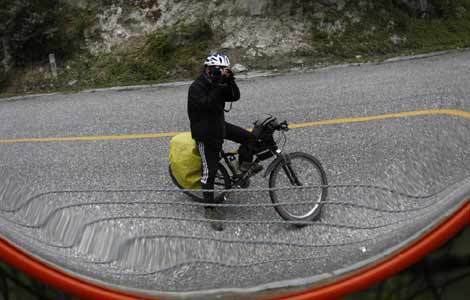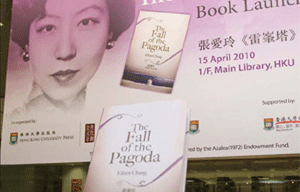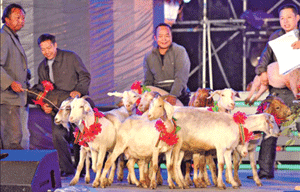Looking back on primeval cooking ways
Updated: 2011-10-02 07:05
By Deng Zhangyu (China Daily)
|
|||||||||
Backgrounder
Cooking over fire can be traced back to our prehistoric ancestors, but once they learned how to cook on fire, there was no looking back.
In China, all sorts of barbecue cuisine has enjoyed popularity with diners, among them imported curiosities such as the Brazil churrascaria, Korean table-top barbecues and the Turkish grills.
But the most commonly seen must be the popular skewer stalls that light up the night with their symbolic character signage all over China - the chuan'er or kebab vendors.
Chinese barbecue has its roots in ancient mythology, when Fuxi, the first of the Three Sovereigns and the protector of fishermen and farmers, taught men how to hunt and fish. He also passed on the knowledge of how to cook over fire.
The Mongol ruler Genghis Khan in the Yuan Dynasty (1271-1368) was credited with the invention of the Mongolian barbecue. When he led his invading forces into Europe, his troops often faced food shortages.
The Khan thought of asking his men to pile up stone fireplaces and cook whatever meat was available on their battle shields - including captured sheep or cattle, or even horses that had been too injured to be of any more use.
After the war, many soldiers remembered this, and refined the method over time.
Some even opened up restaurants, and that was how Mongolian barbecue became popular all over the country long after Mongol rule was a distant memory.
China's nomadic tribes also did a lot of cooking over fire, due to their lifestyles and living conditions. Thus, whole roast lamb is special to both Inner Mongolia and Xinjiang.
The first barbecues in China were thought to be from the northwest in Xinjiang, until archeologists dug up two carved stones that dated back 1,800 years in southern Shandong province. It showed that the Han people were already cooking and eating kebabs then.
In the south, especially in Guangdong province, the exposure to Arab and Indian traders as far back as the Tang (AD 618-907)and Song (960-1279) dynasties brought about a fusion of east and west that produced the now distinctive barbecued roasts like cha shao and shao rou.
Cha shao, literally "fork-roasted", is lean pork fillet seasoned with salt and honey while shao rou is pork belly that is seasoned with five-spice and salt and roasted until the skin is blistered and crackling.
Whatever its origin and influence, Chinese barbecues are still among the most popular methods of cooking, and the smoky sweet aroma of a cooking fire on a winter's night still attract an eager, hungry crowd.
China Daily
(China Daily 10/02/2011 page9)










